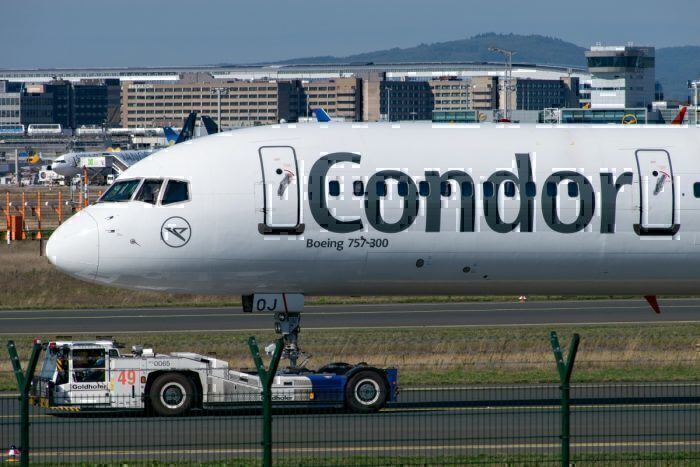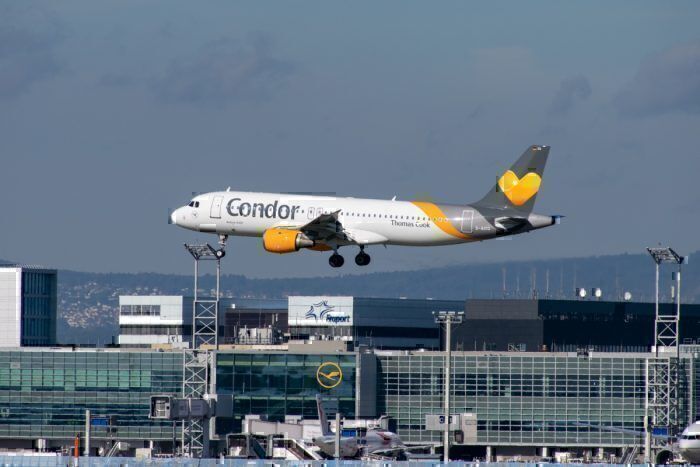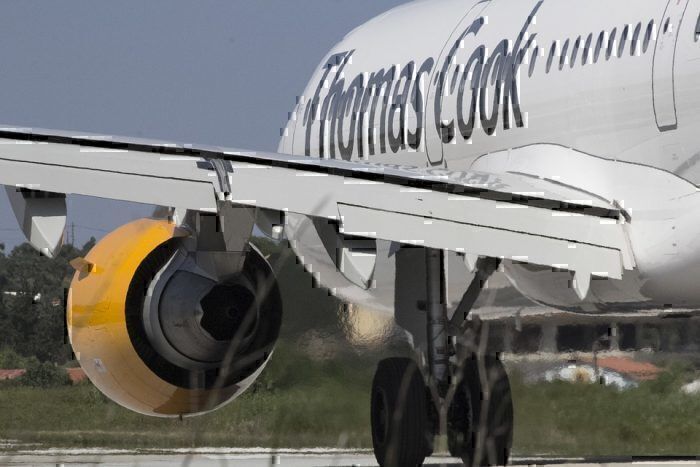This morning it has just been announced that EU competition regulators have approved the bridging loan to be granted to Thomas Cook subsidiary Condor in the wake of the parent company’s collapse. The German airline had requested €380m ($419) from the German government to tide it over after Thomas Cook collapsed last month.
Condor loan approved
As reported today in a press release, Condor’s bridging loan has been approved by the European Commission. The loan, while approved by the German government, was required to go through the EC to ensure it was compatible with EU State aid rules.
The Commission’s notification states that,
“The measure will contribute to ensuring the orderly continuation of air transport services and avoid disruptions for passengers, without unduly distorting competition in the Single Market.”
The European Commission has, however, placed some caveats on the loan approval. Firstly, they say that the loan will be paid out in installments under ‘stringent conditions’. These include Condor demonstrating liquidity needs on a weekly basis. The airline will need to show that new instalments are required, and that previous payments have been used before more money is released.
Secondly, they have said that Condor either needs to repay the loan in full within six months or the airline will have to be restructured in order to ensure what the EC calls “long term viability”. Any such restructuring will be assessed and approved by the Commission.
Today’s approval of the bridging loan has saved 4,900 jobs at the airline. Although the parent firm was £1.7bn in debt, the airline itself was profitable. This loan is designed to tide Condor over during the typically thin winter months, after which time it will hopefully be ready to stand on its own two feet.
Why didn’t the UK government rescue Thomas Cook?
The approval of a state loan almost twice the size of the one requested by Thomas Cook from the UK government is bound to raise a few eyebrows. Thomas Cook had reportedly requested "a standby facility of between £150 million and £200 million" from Westminster, which was outright rejected.
ITV News caught sight of the official letter from the UK government dismissing Thomas Cook’s CEO Peter Fankhauser for funding to keep the airline afloat. In the letter, signed on behalf of Gareth Davies, Director General of the Department of Transport, it stated,
"Financial intervention by the Government is on an exceptional basis. Any financial assistance would represent HMG intervention in the commercial market and creates a significant precedent risk to the private sector in future restructurings."
In plain English, the government said that they couldn’t bail Thomas Cook out, because if they did, all other companies in financial strife would expect them to do the same.
ITV News has raised the point that this was not simply a handout being requested. It was funding for a detailed recapitalization plan that, in time, would have left Thomas Cook debt-free and solvent. They further ask the question of whether the government took the time to assess the viability of these plans before outright rejecting the offer.
Thomas Cook’s collapse has left an estimated 9,000 people unemployed. Although some have been saved by the Hayes buyout of the high street arm, many are still facing an uncertain future. The repatriation of thousands of travelers, while covered in part by the ATOL protection scheme, is estimated to have cost taxpayers around £40m ($50m).




